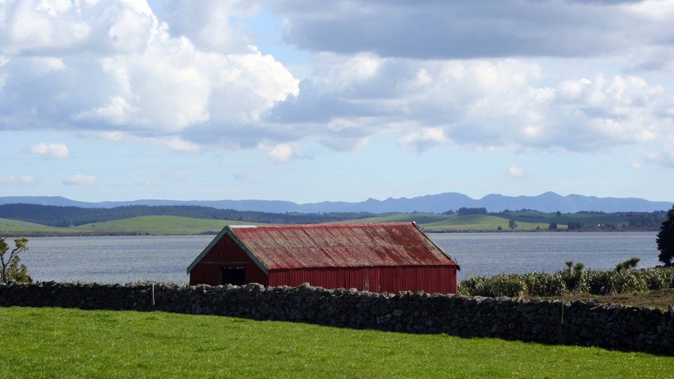
The health of Northland’s largest lake - Lake Ōmāpere - has been under threat for decades, but it’s hoped a new agreement will help restore its life force.
On December 21, Ngā Kaitiaki o Te Roto Ōmāpere (Lake Ōmāpere Trust) and Northland Regional Council signed an agreement to establish a formal, working relationship between the trust and the council.
Council deputy chair Tui Shortland said the agreement will support efforts to restore the mauri (life force or essence) of the lake. It will see the parties working in partnership to improve water quality and biodiversity, “acknowledging outcomes that respect the cultural significance of Lake Ōmāpere to Ngāpuhi”.
‘’This signing marks a momentous occasion as we come together to demonstrate our joint commitment and recognition of the crucial role that the trust plays as the kaitiaki of Lake Ōmāpere and its waters,’’ Shortland said.
‘’This is another example of council’s strategic intent to partner with tangata whenua to achieve shared goals for the well-being of the taiao.’’
The health of Lake Ōmāpere has been plagued over several decades due to changes in land-use management and various short-term interventions.
Te Roto Ōmāpere chair Tamaiti Wihongi said the agreement kicks off a large amount of work ahead for the trust.
‘’This agreement signifies a solid commitment by both parties to continue the work carried out by the generations of whānau and community who have fought for the wellbeing of Te Roto Ōmāpere over the last century,’’ Wihongi said.
‘’Once a food basket of Ngāpuhi, we would like to see our lake and its cultural significance restored, to support the wellbeing of our current and future generations.’’
The Lake Ōmāpere Trust will carry out public events throughout 2024 to provide whānau with the opportunity to connect to, and support restoration of the roto (lake) with the support of the council.
The Lake
Lake Ōmāpere is the largest lake in the Northland region. It is located about 5km north of Kaikohe.
The lake sits within the Kaikohe-Bay of Islands volcanic field. It was formed when an ancient lava flow blocked a valley, forming the northern shoreline.
It is 5km in length and covers 12.3sq km, however it is only 2.6m deep (and as low as 1.5m during summer).
The lake has few inflow streams, mostly in the southern part of the lake.
The Utakura River (south-western margin) is the main outflow which goes to the Hokianga Harbour. The lake catchment is predominantly pasture, with a few areas of native scrub and mature bush.
Lake Ōmāpere is of great cultural and environmental value to tangata whenua. In May 1845 the Battle of Puketutu, an engagement of the Flagstaff War, occurred at the pā of Hōne Heke at Puketutu, on the shores of Lake Ōmāpere.
Take your Radio, Podcasts and Music with you









